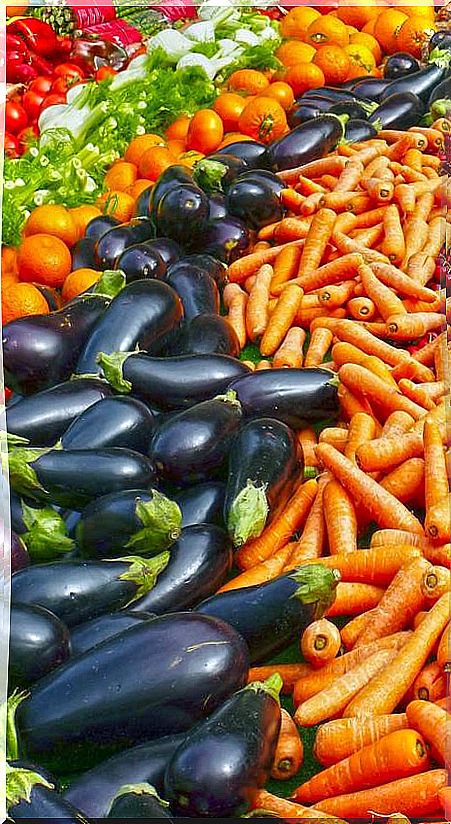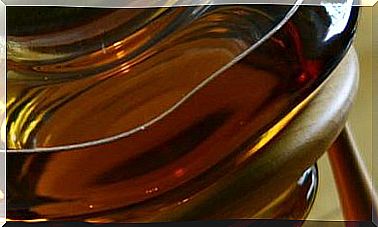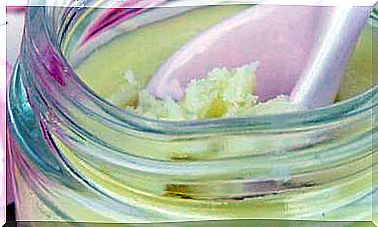Stop Eating Pesticides And Toxins!
Conventional intensive agriculture uses a wide variety of pesticides and other chemicals to fight pests and diseases. Many remain in the food that ends up on our table. You can avoid them.

According to the Eurobarometer of the year 2019, residues of phytosanitary products in food occupy the first place in the concerns of consumers in relation to food safety, and this has been the case since 2010. Scientists and doctors have warned us for years about the health problems derived from these products.
Our luck is to live in a geopolitical entity, the European Union, where the weight of public opinion and scientific evidence are heard and pressure the authorities to take action in this regard.
Thus, in 2009, the directive on the sustainable use of pesticides was approved to make them stop being the first option to fight pests, although more than ten years later little progress has been made, as denounced by the European Court of Auditors in a recently published report.
Spain is the European country that uses the most pesticides
One of the main problems is that the EU does not offer enough support and incentives for farmers to reduce their dependence on plant protection products and apply integrated pest management techniques. And this, added to the permanent crisis in the agricultural sector, makes it very difficult for there to be real changes without jeopardizing the continuity of a key economic activity for a living rural world.
According to reports published by the EFSA (European Food Safety Agency), annually between 50-55% of the food sold in the EU does not contain pesticide residues, between 40-45% contain pesticide residues within the allowed limits and between 2.5 and 4% contain pesticide residues above the legal limit.
Spain is the EU country where the most pesticides are marketed: 72,000 tons of the 370,000 that were sold throughout Europe in 2017. According to data published by the Spanish Agency for Food Safety and Nutrition (AECOSAN), a third of food analyzed in Spain contain pesticide residues, but less than 2% have levels above what the norm allows. Now, how do you decide the level of residual that is a problem? Here is the key.
The damaging effects of pesticides are enhanced by accumulation and the cocktail effect
To avoid risks, the authorities are based on the Maximum Residue Limit (MRL), which is determined for each type of pesticide and each food. According to entities such as PAN Europe, this system has three weak points. First, it is calculated based on an average diet, and we do not all eat the same. Second, it does not take into account the “cocktail effect”, the combination of the effects of the different substances that we ingest. And, lastly and most importantly, it does not take into account whether the active ingredients act as endocrine disruptors, mimicking hormones.
Many experts agree that there is no safe dose for an endocrine disruptor, as the professor at the University of Granada, Dr. Nicolás Olea , has been denouncing for years. What’s more, there are some substances whose effect is worse at smaller doses.
Fruits and vegetables are the foods with the most pesticides
The products where pesticide residues are most detected are those whose production is more intensive and are more subject to the development of pests. For this reason, fruits and vegetables are the products that contain the most residues, and those that present the most multi- residues, especially fruits. The treatments they receive for their conservation in warehouses also contribute to this.
Therefore, the consumption of seasonal and local food is a good option. And washing and removing the external parts is very necessary. Processed foods have less residue, as do those whose protective layers are removed, such as nuts or legumes.
The alternative: organic food
But if we want to avoid pesticide residues as much as possible, the best option is organic food: 85% of the samples analyzed in the EU are free of pesticides. Likewise, according to studies by the University of California (2019) and the Swedish Environmental Research Institute (2015), a diet based on organic products drastically decreased the presence of pesticide residues in urine.
Some may consider that we should not worry about pesticides, as there is good control in the EU. But we must bear in mind that only some types of food are analyzed and only a few of the hundreds of authorized pesticides are searched.
Yes, we are still concerned. Information and transparency are lacking. Regulations are poorly and poorly applied, exceptional authorizations are abused to continue using unauthorized substances, and EFSA allows pesticide-producing companies to assess their effects as endocrine disruptors, rather than commission independent reports. Normal for consumers to remain concerned.
The most widely used herbicides, pesticides and fungicides
Glyphosate It is the most widely used herbicide in Spain. It is classified as a possible carcinogen and some studies consider it an endocrine disruptor. The main source of exposure to glyphosate and its even more toxic breakdown metabolite is water and beverages. In food it is found mainly in honey, rice (not EU) and tea.
Chlorpyrifos. It is found in fruits, vegetables, cereals, olive oil, eggs, honey … and is detected in 80-90% of urine tests. It is an endocrine disruptor and has been linked to mental development problems, autism, and hyperactivity. Since January 31, 2020 it is not authorized, but its presence will still be noticed for a long time.
Dithiocarbamates. Group of fungicides among which is mancozeb, widely used in fruit, citrus, horticultural, olive trees and vineyards. It occupies the second place (after chlorpyrifos) among the pesticide residues considered to be the most found endocrine disruptors in Spain. In the EU, they are the pesticides that most exceed the Maximum Residue Limit.
DDT. It was banned throughout the 1970s (in Spain, in 1977), but it is still the main residue found in products of animal origin (meat, eggs, milk, crustaceans …). It is an endocrine disruptor and carcinogen and is not excreted in the urine. Women pass it off through milk when breastfeeding their babies.









